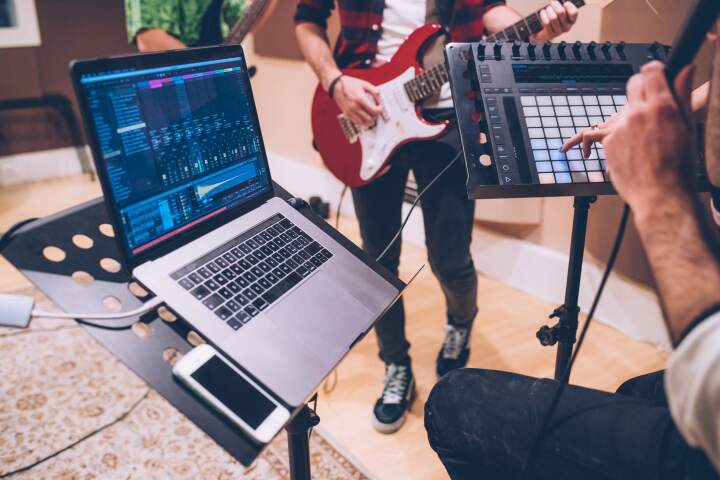
The Ultimate Guide to Preparing and Performing with Backing Tracks
Backing tracks have become an essential tool for musicians of all levels. Whether you are a solo artist, a band looking to enhance your live sound, or a professional performer, incorporating backing tracks into your setup can take your performances to the next level. This guide will help you understand how to prepare and perform with backing tracks, ensuring that your live performances are polished and professional. We will explore how to select, customize, rehearse, and perform with backing tracks to create an exceptional live experience.
Understanding Backing Tracks
What Are Backing Tracks?
Backing tracks are pre-recorded audio files that musicians use to enhance their live performances. These tracks can include full instrumentals, isolated vocal harmonies, bass, guitar, or even additional instruments to complement a band's sound. Many professional musicians rely on these to maintain a full and professional sound when performing live.
Benefits of Using Backing Tracks
- Enhance sound quality and fill out missing instruments.
- Improve stage presence by allowing more focus on performing.
- Provide consistency in every performance.
- Allow solo musicians to sound like a full band.
- Offer flexibility with mixing and customizing each song.
- Simplify practice and improve rehearsal efficiency.
- Help transition between songs smoothly in a live performance.

Selecting the Right Backing Tracks
Choosing the right tracks is crucial for a seamless performance. Websites like Karaoke Version offer high-quality playback options where you can customize individual channels like guitar, bass, and vocals.
What to Look For in a Backing Track:
- High-quality audio files
- Customizable mixing options
- Isolated instrument tracks for flexibility
- Stereo and mono versions for different setup needs
- Compatibility with your software and playback system
- The ability to remove or isolate vocals and specific instruments
- Adjusting the key and tempo of the song for better adaptability

Preparing Your Backing Tracks for Performance
Editing and Customizing Tracks
Before using your backing tracks, you may need to adjust them for your live setup:
- Adjust the mix to ensure clarity between instruments.
- Remove any unwanted elements.
- Add a click track for better timing.
- Create multiple versions to match different performance settings.
- Ensure proper stereo and mono separation for better stage mixing.
- Customize the vocal or harmony balance.
- Prepare a backup track in case of technical issues.
Software and Tools
To create, edit, and enhance your backing tracks, consider using:
- DAWs like Ableton Live, Logic Pro, or Reaper
- Playback software such as MainStage or LiveTraker
- Mixing tools to adjust vocal, guitar, and bass levels
- Click track generators to help keep in time
- Recording tools for layering additional elements
- Pro audio interfaces for improved sound quality

Setting Up for a Live Performance
Equipment You’ll Need
- A reliable playback system (laptop, tablet, or dedicated hardware)
- An audio interface for high-quality sound output
- Stereo or mono channel configurations based on your stage needs
- In-ear monitors or floor monitors for proper mixing
- MIDI controllers for triggering different tracks
- Backup storage like external hard drives or USB sticks

Rehearsing with Backing Tracks
- Play along with the tracks to develop a natural feel.
- Fine-tune the mix so all instruments are balanced.
- Simulate stage conditions to get comfortable with the setup.
- Record practice sessions for self-review and improvement.
- Use headphones or in-ear monitors for clearer audio separation.

Performing with Backing Tracks
Live Performance Tips
- Always have a backup system (USB, laptop, or secondary device).
- Keep the mixing and setup simple for quick troubleshooting.
- Engage with the audience and don’t rely solely on the backing tracks.

Common Mistakes to Avoid ✋
- Using poorly mixed or low-quality tracks
- Not testing your setup before a live performance
- Overloading the track with too many elements
- Ignoring practice with the backing tracks before playing live

Integrating backing tracks into your live performance can elevate your music to a professional level. With proper preparation and dedication, your performances will sound polished and professional every time.
Published on: March 12, 2025




